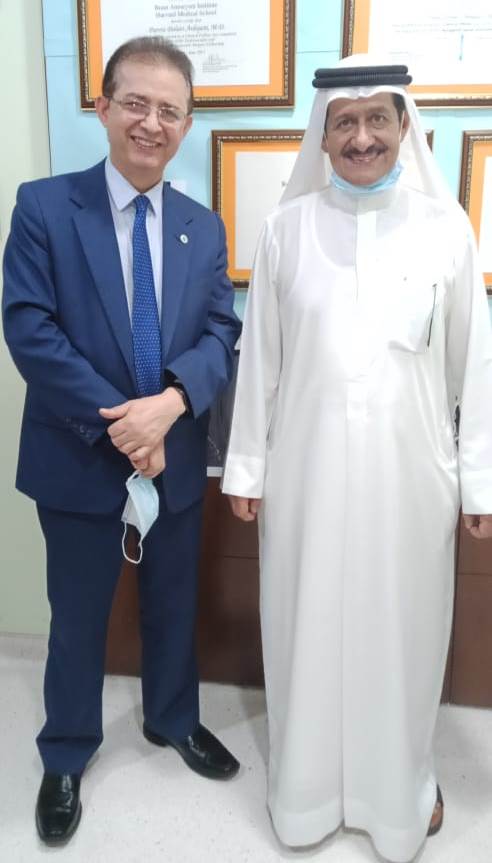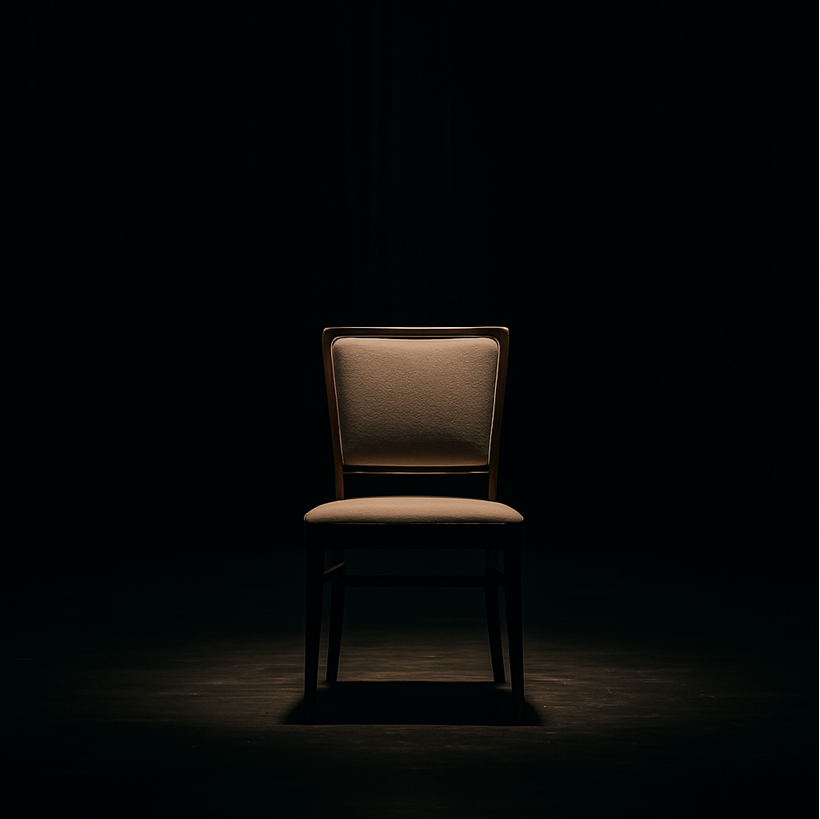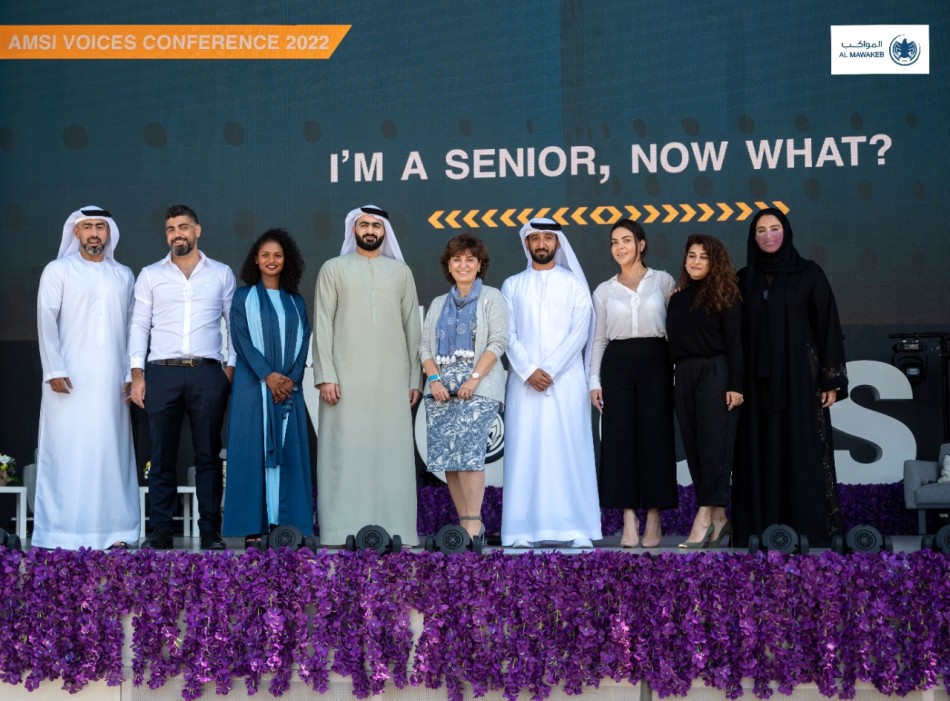Never ignore a sudden striking headache.

Dubai- Beth : Yaqoob Yousuf is a very active 59 year old UAE resident, who experienced a sudden onset of headaches which were the worst pains he ever experienced. These headaches lasted for two weeks and were associated with nausea, vomiting, neck pain and stiffness. Unfortunately, over many visits to clinics he was misdiagnosed for two weeks, and finally was seen by a neurologist and underwent a brain CT scan at one of the hospitals. He was then advised to meet Dr. Parviz Dolati, Specialist Neurosurgeon at Zulekha Hospital Dubai. He underwent a cerebral digital subtraction angiography, following which Dr. Dolati finally diagnosed a brain aneurysm (a weakness and out pouching at the wall of brain’s arteries).
Many factors are involved in development and growth of a brain aneurysm. Some of these factors are genetic factors and that is why there are familial aneurysms, which means many first or second degree members of a family harbor one or multiple brain aneurysms. Smoking and high blood pressure are other important factors that may lead to the development and rupture of a brain aneurysm as well.
Speaking of the risks of such aneurysms, Dr. Dolati said, “Brain aneurysms can be dangerous, involving a very high risk of bleeding and causing death, short or long term disability. So, early diagnosis and treatment can help in successful management of this disease. Only few skilled experts in UAE carry out a cerebral digital subtraction angiography to arrive at a definite diagnosis and can treat these aneurysms, especially with a high end technique called the endovascular coiling. Zulekha Hospital is preferred for such high-risk procedures as we are among those very few centers that can perform angiography, cerebrovascular microsurgery, or if needed, treat it with endovascular coiling or other endovascular techniques.”
For Mr. Yousuf, with anterior circulation brain aneurysm, Dr. Dolati used the novel technique, called endovascular coiling. This technique does not require cutting of the skull, retracting the brain etc. Instead, using a standard angiographic technic and a small puncture in the groin area, he advanced a small micro-catheter inside the aneurysm (endovascular) and deployed hair- shaped fine metal coils inside the aneurysm. Coils filled the inside of the aneurysm completely, so that the blood in touch with those coils clotted and the aneurysm occluded, avoiding bleeding again.
If a non-ruptured brain aneurysm is discovered incidentally, the risk of rupture and a brain hemorrhage is about 1-2 % per year. If the aneurysm is already ruptured and the patient has survived from this bleeding, the major concern and main reason for death could be re-bleeding from that aneurysm. If the aneurysm is not treated in these patients, the risk of re-bleeding is about 26.5% in first two weeks after primary bleeding, and 50% of them will die within six months. Therefore, early diagnosis and treatment of brain aneurysms are very important in the prevention of re-bleeding from such aneurysms leading to death or disability.
Dr. Dolati adds, “Brain aneurysm is a high-risk disease and therefore, we should take it seriously. If we experience a sudden onset of headaches, we must rush to the nearest emergencies and have a brain CT scan done to make sure we do not have bleeding from a brain aneurysm. If we have had a family history of brain aneurysms, all first and second degree family members must screen for brain aneurysms by undergoing a brain MRA, or MR angiography, which does not have any radiation risk.”
“And finally, if you are a smoker, please stop it today and if you have a high or poorly controlled blood pressure, see your cardiologist and review your medications periodically.”

Dr. Parviz Dolati with Mr. Yaqoob Yousuf



